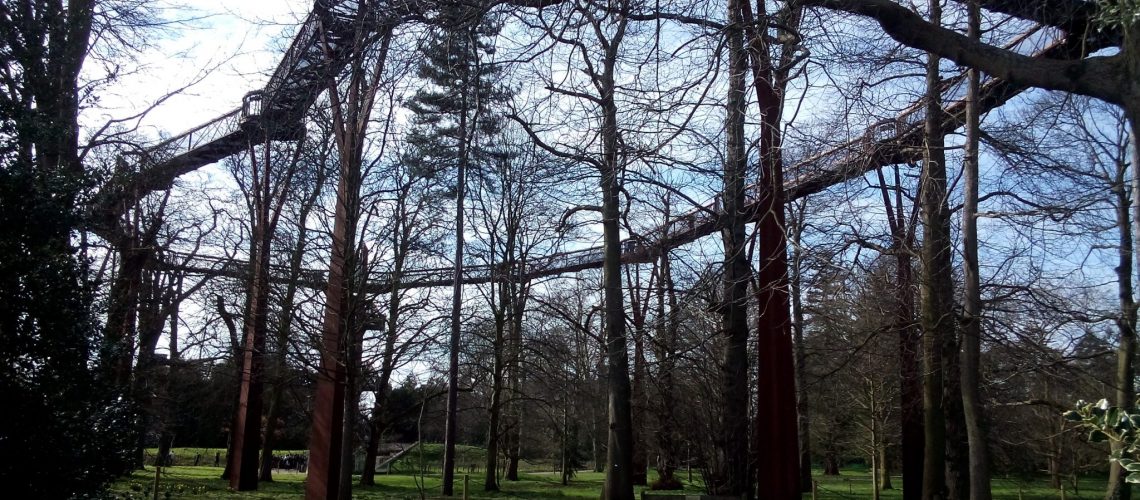The earth summit was the main reason for the development of the Sustainable Development Goals as per the Agenda 21. These goals were envisaged in 1972 at United Nations Conference for Human Environment at Stockholm to decide on the rights of families to have healthy and productive surroundings and later in 1983 the United nations set up the World Commission on Environment and Development that was also called The Brundtland Commission. This commission gave a definition for Sustainable development as “the utilisation of earth’s natural resources for the present without compromising their status or availability for the future”. At the Earth summit held in Rio de Janeiro during 1992, the first agenda for Environment and Development, the Agenda 21 was developed and adopted. This conference was also called UNCED (United Nations Conference on Environment and Development. To present at the UNCSD (United Nations Conference on Sustainable Development) which was also called Rio+20 ,Colombia had prepared a draft of 17 sustainable development goals which were adopted at the conference in 2012. These Sustainable Development goals were listed and explained along with the indices for implementing them . These goals were 17 in number and can be listed as follows and are meant to achieve a better and sustainable future for all.
- No Poverty
- Zero Hunger
- Good Health and Well-being
- Quality Education
- Gender Equality
- Clean water and Sanitation
- Affordable and Clean Energy
- Decent Work and Economic Growth
- Industry, Innovation, and Infrastructure
- Reducing Inequality
- Sustainable Cities and Communities
- Responsible Consumption and Production
- Climate Action
- Life Below Water
- Life On Land
- Peace, Justice, and Strong Institutions
- Partnerships for the Goals
Of these the realisation of SDG 1 is the most important and it is felt that this will take care of all the other goals. But still each of these goals is also handled separately so that there will be steps taken towards achieving the first SDG. The timeline for achieving these goals is by the year 2030 and this would help rejuvenate and transform the world we live in. These goals are to be delivered throughout the globe by way of the various programmes of the IUCN from 2012 to 2020.The sustainable development Agenda works to underline the fact that steps must be taken to protect the natural resources and the services that sustain life on this earth on a war-footing because the earth will have to support a nine-billion population by the year 2050. If we do not do anything now we will not be able face our children in the future. According to a Native American proverb it is rightly said “we do not inherit this earth from our ancestors; we have borrowed it from our children” and so it goes without saying that we have to return it to our children in an immaculate condition.
The 17 SDGs are interrelated and interdependent. For example if we think that we have to be able to produce more food (SDG 2) it will depend on the provision of healthy fresh water sources for irrigation (SDG 6) and this will in turn depend on the performance of ecosystems that are healthy and balanced that encompasses SDG14 and 15. Ecosystems are affected by changes in climate (SDG 13) and keeping track of all these requires good governance, monitoring and international co-operation (SDG 16 and 17). Above all these, there remains issue concerning “the conservation of biodiversity which is life insurance policy for life on this planet”. IUCN envisages each and every individual as a stakeholder in its policies and requires us to be active participants in the implementation of the different strategies to attain the SDGs. The different approaches that individuals and organisations need to follow are collectively called the Green practices and it can be said without a doubt that these would help in making the earth green once again











